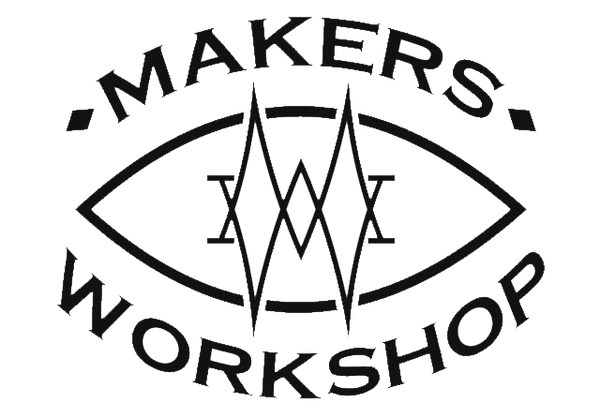Day 1
I started by dumping out my seed collection and measuring the seed packets to make sure the finished boxes would be big enough to hold them. After thinking through what I wanted them to look like I moved over to the white board to get a rough concept sketch with my key measurements on it. Once I had a good idea of what I wanted the finished boxes to look like it was time to move over to the computer to make the 3D model.
To design these I used OnShape, I find that Onshape has a fairly intuitive interface that allows me to quickly design simple shapes. One of the other things that I love about Onshape is the ability to quickly add box joints using the built in plugin. Once I had the model set I transferred it to a drawing and prepared the file for laser cutting in lightburn.
I wanted to play with some different design elements in this build so I designed the initial version to be a combination of thicknesses ranging from ⅛ inch to ½ inch. I thought that would add a visual interest to the otherwise simplistic design.
I started by cutting out the ⅛ inch pieces and worked my way up to the ½ inch pieces, mainly because the thinner materials would cut faster.
Once the pieces were all cut it was time to do a dryfit to see how I did with the design. For the most part everything fits. The joints on the front and rear panel were a little looser than I liked though allowing a bit of “wiggle”, so tomorrow I will address that in the design and have another go at it.
Day 2
The next day I started at the computer and narrowed the box joints for a tighter fit. After updating the cut file I went to the laser and started by cutting just the back panel to conserve material in case it still wasn’t quite right. The redesign did fix the problem so I masked off a second piece of the ½” material and cut the front panel out as well.
Once the new pieces were cut I moved into assembly mode. Since I was using a variety of materials in this build some of the parts were prefinished and some were raw wood. I masked off the main faces of the parts and hit the tabs with a 220g sandpaper to rough up the finish so that the glue would be able to adhere better.
After sanding I glued it all together using gorilla wood glue, I chose gorilla wood glue for this project because the glue dries clear which can help to minimize the amount of work after if there is a little bit of squeeze out missed when wiping it down. Once it was assembled I “clamped” it together with painters tape and let it sit for about an hour to set up.
After letting the glue harden for about an hour I removed the tape and prepared the box for finish. My original plan was to rough up the prefinished wood and apply a wipe on poly to the whole box, but then I remembered that when Brooke made her laser cut backpack the finish pooled in spots. I decided to mask off the prefinished parts and only apply the wipe on poly to the bare wood instead.
I ended up applying three coats of Minwax Satin Wipe on poly before removing the painters tape and calling it a day.
Day 3
The project was basically done at this point, but I have A LOT of seed packets so I thought a second larger size was in order. So I started by making a second version of the same box that was longer. The steps were the same as on the previous days so I wont go into details, but one thing I will say is that the biggest advantage to using a program like OnShape is that you can easily make adjustments and change the sizes of your workpiece to make different variations.
While I was in there I also made a second version of the two sizes that don’t require the ½ inch, a glowforge friendly version if you will.
All of the files for all 4 iterations are available over in the project downloads. The graphic can easily be swapped out if you want to use the boxes for another purpose other than seeds.
